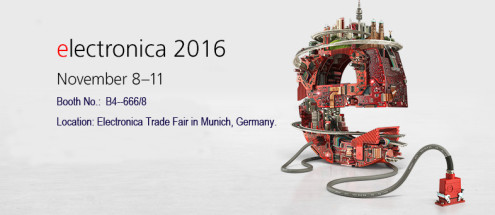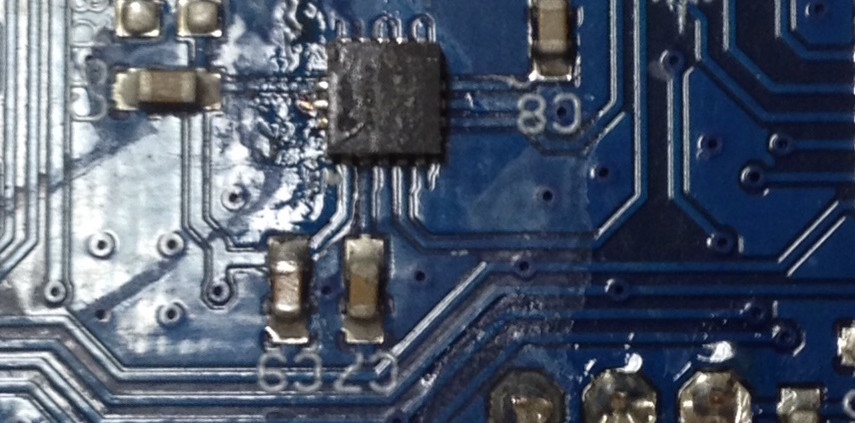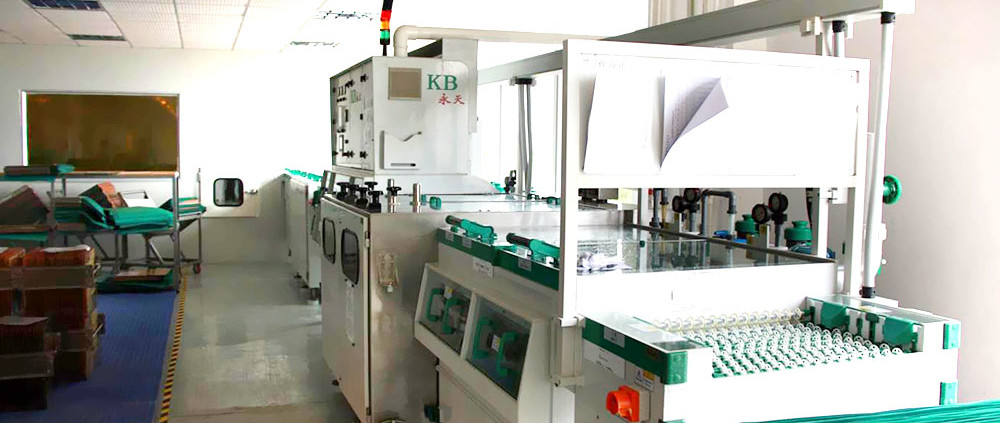Advance in PCB surface preparation
Recently Europe and US (except for some mil spec and medical applications) resulted in development of lead-free (SAC) solders that are tin-based, with additions of silver and copper and with traces of bismuth, indium, zinc or antimony. Initially, the higher soldering liquidus temperature led engineers to specify high glass transition composite substrates (170°-180°C Tg) but careful attention to reflow profiles allowed a return to the less-expensive standard Tg 135°C FR-4 materials. Since the global industry has moved further toward RoHS, many circuit board manufacturing plants have standardized on Pb-free HAL and no longer price that surface at a premium. Indeed, some have scrapped HASL entirely and subcontract that finish, resulting in a cost premium for leaded solder.
Another option, albeit more expensive than Pb-free HAL, is ENIG (electroless nickel/immersion gold). This surface, like OSP, renders the pads very flat and offers the additional advantage of longer shelf life and the ability to wire bond. There is a low but measurable incidence of gold-to-nickel adhesion failure. This is called “black nickel” or “black pad” (see photo, below right) because, not surprisingly, the surface of the nickel turns black. The immersion gold on the pad surface looks normal and solder wets to the gold quite easily. However, with stress or even vibration the components could easily pop off without warning, the result of a brittle fracture at the interface. There are theories about phosphorous levels in the nickel plating solutions being off-spec and causing intermetallics during the gold plating. This problem is rare but does occur.
The most recent advance in surface preparation is ENEPIG, or electroless nickel/electroless.




